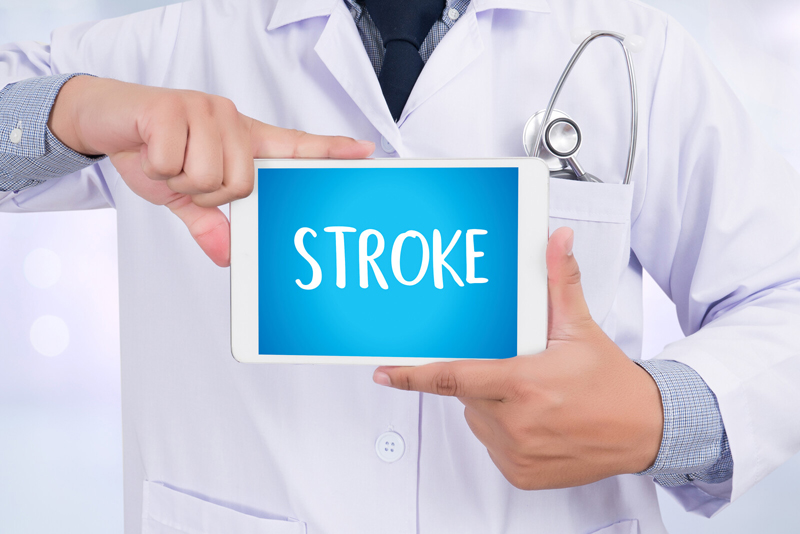Doctors call for increased awareness on stroke, stress early intervention
 ‘Minutes can save lives’, the theme of World Stroke Day 2021 rightly conveys the importance of admitting a person with symptoms of stroke to a stroke-ready hospital at the earliest. Doctors simply put stroke as the equivalent of heart attack in the brain. It occurs when a blood vessel taking blood and oxygen to the brain gets blocked (ischemic stroke) or ruptured (haemorrhagic stroke).
‘Minutes can save lives’, the theme of World Stroke Day 2021 rightly conveys the importance of admitting a person with symptoms of stroke to a stroke-ready hospital at the earliest. Doctors simply put stroke as the equivalent of heart attack in the brain. It occurs when a blood vessel taking blood and oxygen to the brain gets blocked (ischemic stroke) or ruptured (haemorrhagic stroke).
According to them, a majority of strokes are ischemic which presents as a sudden onset of weakness or numbness involving a portion of your body. Though it might easily be neglected, it can also present as difficulty in speaking, blurring of vision or fainting attacks, they say.
“These attacks can sometimes be short-lasting (minutes to hours) and recover spontaneously wherein they are called transient ischemic attacks (TIA) or minor form of stroke. However they might be warning signs of future stroke,” says Sriram Vardharaj, Lead Consultant Stroke and Neuro Imaging at Kovai Medical Center and Hospital (KMCH).
Bleeding inside the brain can present with onset of severe headache and vomiting. The management of both differs. However in both, brain cells do not get the blood required. Deprived of oxygen, nerve cells stop working and die within minutes.
“Evacuation of bleed and control of hypertension are the mainstay of haemorrhagic stroke treatment. Further investigations are needed to find cause of bleeding,” says Mathew Cherian, Director of Interventional Radiology at KMCH.
He says that the impact of stroke is such that every minute, the brain ages by 3.1 weeks and if the treatment is delayed by an hour, 120 million neurons die and brain ages by nearly 3.6 years.
“As per ICMR estimates, persons suffers from stroke every three seconds and death is reported every three minutes in India. Globally one in four adults over the age of 25 will have a stroke in their lifetime. In India, 1.5 million suffer from stroke every year and 3,000 to 4,000 are affected each day. Nearly one-fifth of patients with first-ever stroke admitted has been estimated to be aged 40 years or less,” says Dr. Cherian, highlighting the need of public awareness about stroke and its symptoms.
Ramakrishnan T.C.R., Stroke Specialist at KG Hospital, says that the symptoms of stroke can be easily recognized through ‘BEFAST’ (B- loss of balance, E - loss of vision, F – one side of face drooping, A- arm weakness, S-slurring of speech, T- time to call an ambulance).
“Thrombolytic therapy, either thrombolysis (dissolving of blood clot using drug) or thrombectomy (removal of blood clot), is beneficial if done at the earliest after stroke. Hypertension (61%), diabetes (36%) and tobacco use (32%) are the major risk factors for stroke,” he says.
R. Balakrishnan, Head of the Department of Neurology at PSG Hospital, stroke is a medical emergency and it is the third leading cause of morbidity and mortality worldwide.
“This year’s theme means that every second after the patient develops stroke is very important. Patient has to reach the stroke ready hospital within 4.5 hours. Main treatment of acute ischemic stroke is thrombolysis which lyses the clot through injection that has to be given within 4.5 hours to have great benefit. Other form of therapy in acute ischemic stroke after 4.5 hours is thrombectomy in selected patients where the clot will be removed using a device”, he says.









